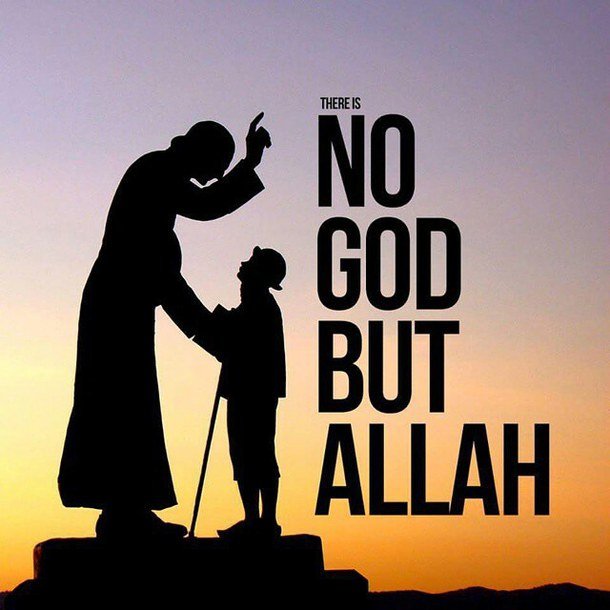Islamic myth and legend

The strict monotheism of Islam does not allow for much mythological embellishment, and only reluctantly were the scriptural revelations of the Qurʾān elaborated and enlarged by commentators and popular preachers. Thus, in the first three centuries, a number of ideas from the ancient Middle East, from Hellenistic and especially from Jewish and Christian traditions, were absorbed into Islam and given at least partial sanction by the theologians. At the same time, legends were woven around the Prophet Muhammad and the members of his family. Though inconsistent with historical reality, these legends formed for the masses the main sources of inspiration about the famous figures of the past.
Since early times Islamic theologians have sought to disregard the Qurʾānic interpretation of both storytellers and mystics. The quṣṣās, or storytellers, made the Qurʾānic revelation more understandable to the masses by filling in the short texts with detailed descriptions that were not found in scripture. Though the mystics tried to maintain the purity of the divine word,
they also attempted a spiritualization of both the Qurʾān and the popular legends that developed around it. Their way of giving to the Qurʾānic words a deeper meaning, however, and discovering layer after layer of meaning in them, sometimes led to new quasi-mythological forms. Later Islamic mystical thinkers built up closed systems that can be called almost mythological (e.g., the angelology—theory of angels—of Suhrawardī al-Maqtūl, executed 1191). An interesting development is visible in poetry, especially in the Persian-speaking areas, where mythological figures and pious legend often were turned into secular images that might awaken in the reader a reminiscence of their religious origin. Such images contribute to the iridescent and ambiguous character of Persian poetry.